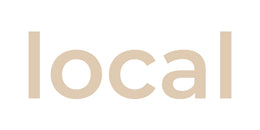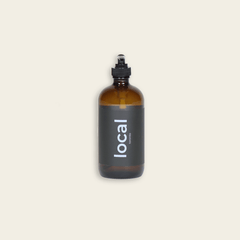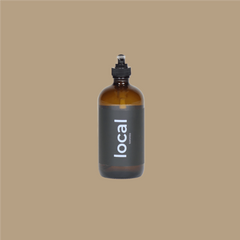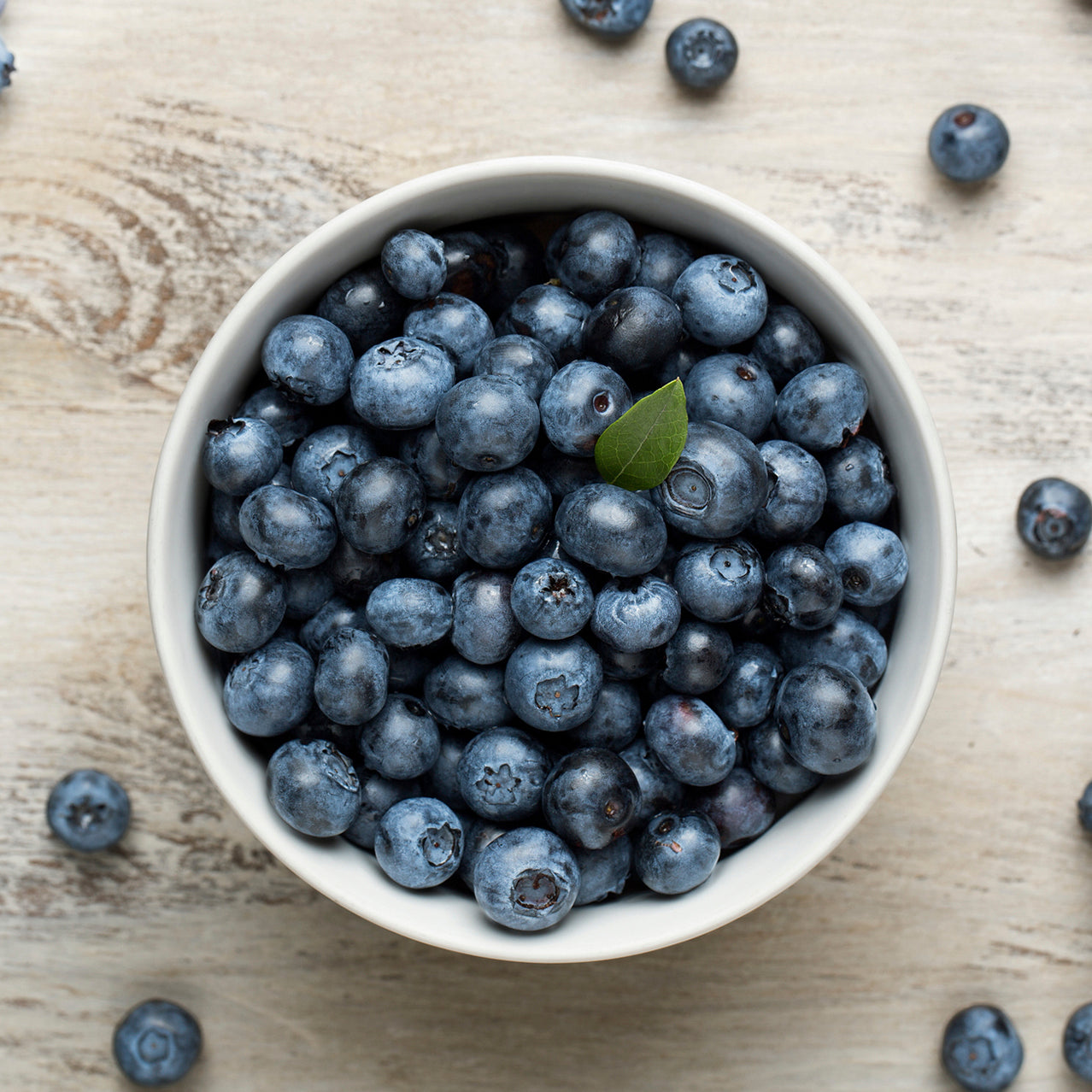We hear these words thrown around a lot these days. As we become more health conscious as a society, these words are used more and more in conversations. What do we know? Antioxidants are good, inflammation is bad and free radicals??? They just sound bad!
Free Radicals
Let’s start with Free Radicals…we might as well get bad part out of the way! What are they?
The human body is made up of atoms which are continually trying to maintain balance (essentially keeping the human body balanced and healthy). In order for atoms to maintain this balance they need to have the same number of electrons with a negative charge spinning around the nucleus (center of the atom). These paired electrons keep the atom stable and functioning as it should. It all goes awry when toxins, pollution, radiation, etc. are introduced into our system. Sadly, these things can not be avoided as they are everywhere. The introduction of pollutants can cause the electrons to split, at which point the atom is now missing an electron. This atom has now become a free radical. This unstable atom will try to regain stability by seeking other electrons from neighbouring atoms, in turn throwing these atoms out of balance. This causes a chain reaction with a growing number of free radicals, ultimately creating cellular damage.
Free radicals start a process known as oxidation, where fatty acids stored in cells and body fat becomes rancid. This can lead to hardening of the arteries. Free radicals can damage cells DNA causing the inability to replicate properly or even mutate. This mutation is one of the early stages of cancer. An escalating number of free radicals can also lead to diabetic complications, premature aging and is linked to inflammation (a key factor of many illnesses).
Research has shown a link between inflammation and free radicals. It is not clear yet if inflammation is caused by free radicals or if free radicals are caused by inflammation but we do know that they are linked. Where you find one, you will find the other. Inflammation is our body’s way of trying to protect itself with the end goal of trying to remove, pathogens, irritants and damaged cells, allowing the healing process to begin.
In a nutshell, when something harmful is introduced into our body, the automatic response is to try to remove it. The result is inflammation, which is a sign that the body is actually trying to heal itself.
Inflammation
Inflammation does not mean infection, although an infection can cause inflammation. Infections are caused by bacteria, virus or fungus, while inflammation is how the body responds to it in its attempt to heal.
Where it becomes challenging is when existing inflammation in the body, creates more inflammation, which then creates more inflammation, causing a spiral effect in the body which in turn becomes chronic inflammation.
In short, any damage that occurs to our body would never heal without inflammation, so in this respect, it is a good thing. However, chronic inflammation can lead to diseases and conditions such as cancer and rheumatoid arthritis. Inflammation needs to be regulated and minimized as much as possible to keep the body functioning.
Antioxidants
And now for the good stuff, Antioxidants and the important role they play in our body to help fight free radicals and inflammation! Now it must be made clear, as mentioned above, inflammation at certain times and certain levels is important in our body and so are free radicals. They do serve a purpose. The body does require a certain number of free radicals in order to fight off invading bacteria and allergens. In these cases, free radicals act as messengers to activate the body’s defense mechanisms. Just like inflammation, it is when free radicals become excessive that problems start to present themselves.
This is where antioxidants step up and play their part! Antioxidants remain stable even after losing electrons to free radicals. This helps to break that chain reaction and endless cycle when an excess of free radicals starts to occur. They give their electrons to the free radicals, stabilizing them, while at the same time, remaining stable, and inhibiting the oxidation of atoms. Antioxidants occur naturally in our body but can also be found in many foods we eat and at even higher levels in many essential oils. Research has shown that a diet rich in antioxidants, can assist in maintaining good health and also repairing damage done by inflammation and exposure to toxins (resulting in free radicals).
What is the ORAC Scale? ORAC stands for Oxygen Radical Absorbance Capacity. This measures the degree of free radical absorption found in various substances. The higher the score, the better the substance is at assisting the body to eliminate free radicals.
To help you determine the best food to eat and essential oils to use here are the charts:
| Foods | Antioxidant Capacity | Essential Oils | Antioxidant Capacity |
| Acai Berry | 26,000 + | Clove | 1,078,700 |
| Chinese Wolfberries | 25,300 | Arborvitae | 1,078,000 |
| Goji Berries | 25,000 | Myrrh | 379,800 |
| Dark Chocolate | 21,000 | Coriander | 298,300 |
| Pecans | 17,000 | Fennel | 238,400 |
| Elderberries | 14,000 | Clary Sage | 221,000 |
| Wild Blueberries | 14,000 | Cedarwood | 169,000 |
| Cranberries | 9,500 | Melissa | 134,300 |
| Artichoke | 9,400 | Marjoram | 130,900 |
| Kidney Beans | 8,400 | Ylang Ylang | 130,000 |
| Blackberries | 5,300 | Wintergreen | 101,800 |
| Cilantro (fresh herb) | 5,100 | Geranium | 101,000 |
Sources: https://draxe.com/top-10-high-antioxidant-foods/, https://en.wikipedia.org/wiki/Oxygen_radical_absorbance_capacity http://www.health-herbal.com/html/orac.html https://www.wellbeing.com.au/body/health/essential-oils-the-most-powerful-antioxidants.html
So now what? What can we do to decrease free radicals and inflammation, enabling us to lead a healthy, long life? Where do we start?- Decrease the toxic load on the body to the best of your ability
- Clear out your cleaning cupboard and replace with all natural cleaners (vinegar, baking soda, water, and essential oils)
- Swap your body care products for ones with natural ingredients
- Limit exposure to electromagnetic and microwave radiation (Wi-Fi, microwaves, cell phones, x-rays)
- Incorporate those high valued ORAC foods and essential oils into your daily routine
- Good nutrition is KEY!
- Choose Non-GMO
- Choose organic and/or local as much as possible
- Eat whole foods!
- Avoid processed
- Get your omega-3 fatty acids into your daily routine
- Avoid omega-6 fatty acids and trans fats
- Avoid sugar and refined carbohydrates
- East antioxidant-rich foods
- Get plenty of vitamin D




Leave a comment